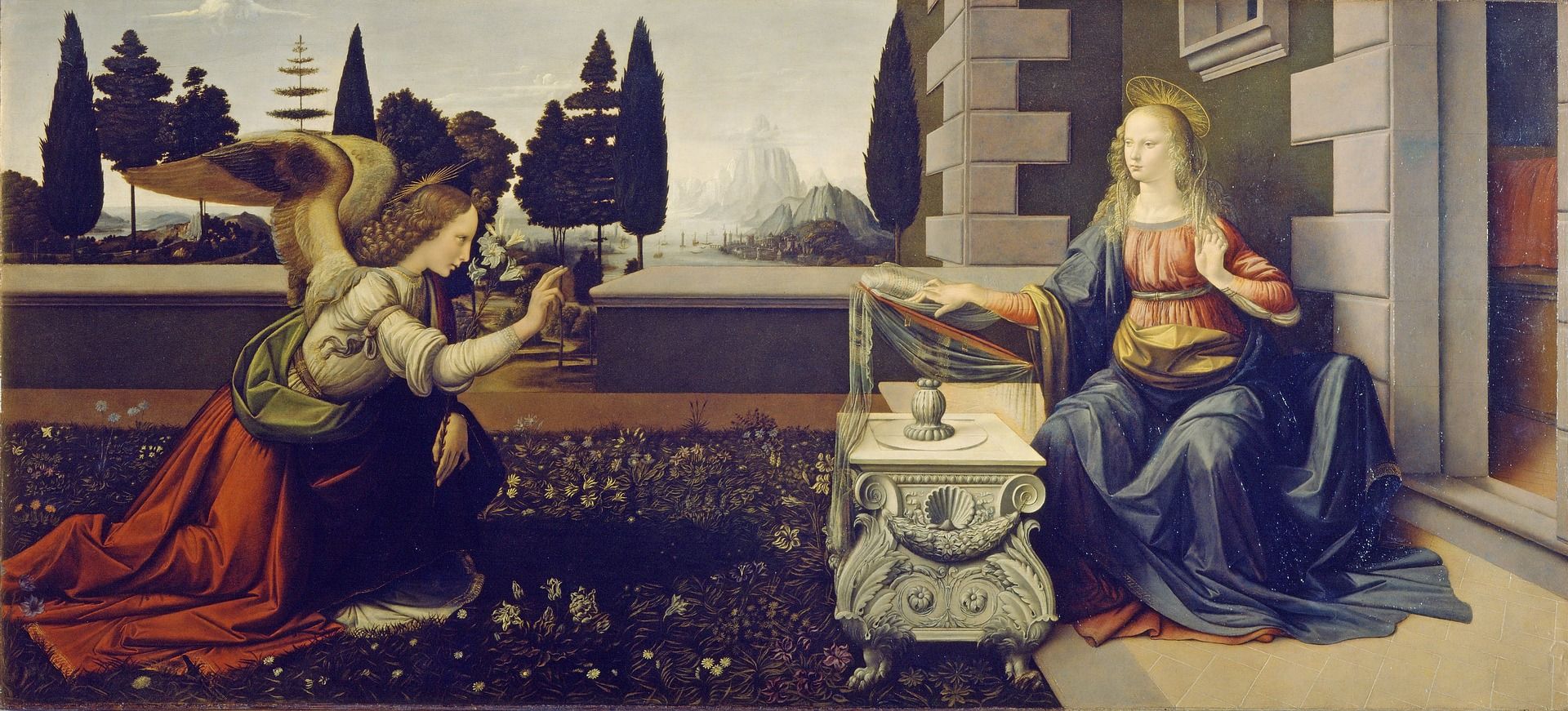
*The main source for this Advent reflections series was the book Truly Our Sister: A Theology of Mary in the Communion of Saints, by Elizabeth A. Johnson.
*This reflection series was initially published by Tau Center, a spirituality ministry of the Wheaton Franciscans.
Introduction:
Miriam (the Hebrew version of the name Mary), the mother of Jesus, comes to mind every Advent season as the one who cooperated with God to change the world. She is the most celebrated female figure in the Christian tradition and well known throughout the world beyond this one religion (Johnson, 2003, p. 3). Though most theologians did not mention Miriam in the first 300 years after Jesus’ life on earth, the study of Scripture, archaeological research, and other sources help reveal to us who this woman was.
Over time a theology has developed around Miriam that upholds her, in some circles, to be almost a Goddess. Teachings about her — having been conceived without sin, or being physically a virgin for life, or having been bodily assumed into heaven upon her death — are highlighted and set her apart from everyday people. While this reverence for her can represent a lovely devotion, it can also make the very real story of her historical life on earth less accessible to us.
Rather than only exalt her as exceptional, let us also embrace Miriam as an example of one who makes tangible for all of us the capacity to live full of grace (p. 23). In this reflection series we will seek to explore the historical Miriam and, in that context, consider the relationships she held. By exploring Miriam’s relationships, perhaps we’ll gain awareness about our formative associations and find inspiration to contemplate where we too are being invited into collaboration with God.
The First Week of Advent — Miriam’s Relationship to Herself:
Miriam was a human being, a fascinating woman, on a spiritual journey. She is an an ancestor of ours in faith, who, like all of us, lived between challenge and grace. To understand some aspects of Miriam’s relationship to herself, we can look at the title bestowed on her as Virgin Mary.
The original definition of the term virgin did not mean one who has never had sex (Johnson, 2003, p. 31). Instead, as revealed in mythology, a virgin was someone with a quality of spiritual purity. The archetypal view of virginity denotes that a virgin was a person aware of their intrinsic value with a strong sense of autonomy. A virgin did not need to be validated by marriage or children, rather she relied on her own inner authority. By the fact that Miriam was given the title of virgin, we can imagine she knew her worth, paying little attention to identity or status.
Miriam’s relationship to herself is further revealed in the annunciation, wherein she receives an angelic line of communication with God. The angel Gabriel shares with her the plan and Miriam listens. We can envision her to be mentally tough and confident, someone who, in the words of Johnson paraphrasing Pope Paul VI, , “…had the wits to question back when the angel addressed her…” (p. 133). Then Miriam, without seeking external permission to respond, stands in her own dignity and courage to assert her agreement. She uses her voice and trusts her experience.
Through Miriam’s self-command as revealed in Scripture, and the many titles of honor given to her throughout centuries, we gather that this was a woman who had a well built relationship to herself. We see in her story how she accepts tremendous uncertainty with a firm understanding of who she is. Healthy self-love is required for such a path.
Point of Reflection: When considering Miriam’s relationship to herself, to which of these attributes can I relate? Are there any I seek to further develop?
A quality of spiritual purity… An awareness of my intrinsic value… A strong sense of autonomy… The ability to rely on my own inner authority… A knowingness of my worth… Mental toughness… Confidence… Wit… A recognition of my personal dignity… Courage… Assertiveness… The power of using my voice… Trust in my own experience… The capacity to accept uncertainty… A healthy self-love…
What is one way I can improve my relationship to self?
May you be inspired!
Use this link to read the PDF of this piece from Tau Center: Introduction & Miriam's Relationship to Herself
Reference for this reflection:
Johnson, E. (2003). Truly Our Sister: A Theology of Mary in the Communion of Saints. The Continuum International Publishing Group.